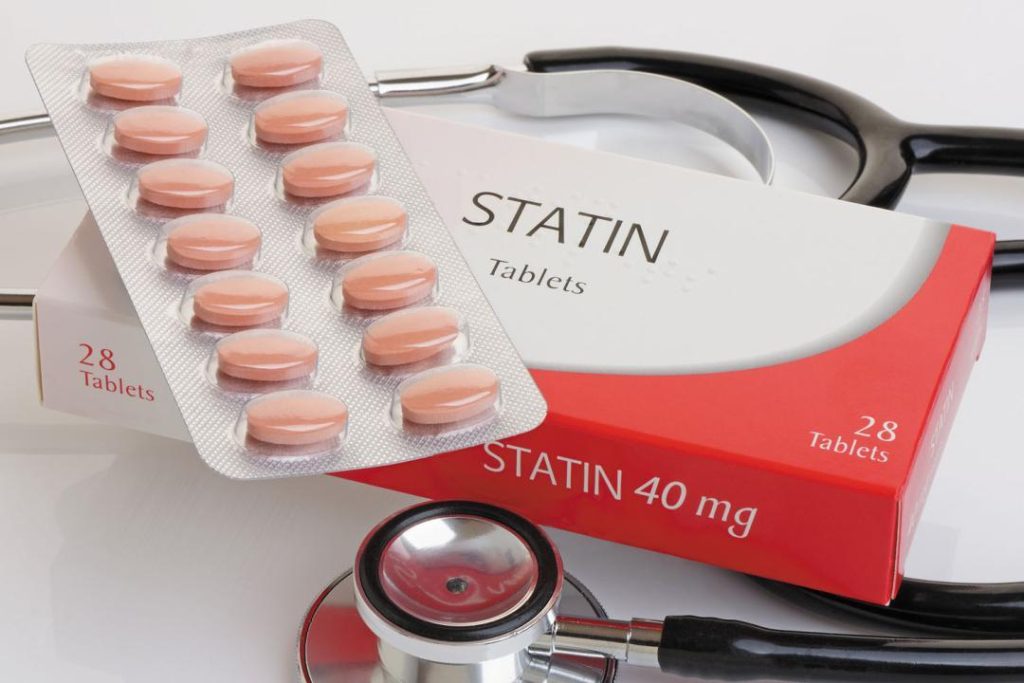
New Study Shows Many on Statins Still at Heart Risk
When it comes to managing cholesterol levels, statins are often the go-to medication. These powerful drugs have been widely prescribed to help reduce the risk of heart attack and stroke by lowering low-density lipoprotein (LDL) cholesterol, also known as “bad” cholesterol. However, a new study published in JACC: Advances has found that a significant percentage of adults aged 66 and older taking statins still have high cholesterol, putting them at increased risk of cardiovascular events.
The study, conducted by researchers at the University of Toronto, analyzed data from over 13,000 adults aged 66 and older who were taking statins. The results were startling: up to 30% of these individuals still had high cholesterol, despite being on medication. This is a concerning finding, as high cholesterol is a well-established risk factor for heart attack and stroke.
So, what’s going on here? Why are statins not effectively controlling cholesterol levels in some patients? The answer lies in the complexity of cholesterol and the limitations of statins.
The Importance of Non-HDL Cholesterol
While LDL cholesterol is often the focus of cholesterol management, it’s not the only type of cholesterol that matters. Non-HDL cholesterol, also known as “bad” cholesterol, is a broader measure of cholesterol that includes LDL, very-low-density lipoprotein (VLDL), and intermediate-density lipoprotein (IDL). Non-HDL cholesterol is a stronger predictor of cardiovascular risk than LDL cholesterol alone.
The new study found that even when LDL cholesterol was under control, elevated non-HDL cholesterol remained a concern. This is especially true for individuals with diabetes or kidney issues, who are already at increased risk of cardiovascular events.
The Need for Broader Lipid Monitoring
The study’s findings highlight the need for broader lipid monitoring, including measurement of non-HDL cholesterol. Currently, many patients are only monitored for LDL cholesterol, which can lead to inadequate treatment and increased cardiovascular risk.
“The results of this study demonstrate the importance of considering non-HDL cholesterol as a key target for lipid-lowering therapy, particularly in high-risk groups such as older adults with diabetes or kidney disease,” said Dr. Allan Sniderman, lead author of the study.
Implications for Patients and Healthcare Providers
The implications of this study are significant for both patients and healthcare providers. For patients, it’s essential to understand that statins are not a one-size-fits-all solution. Even when LDL cholesterol is under control, there may be other types of cholesterol that need to be addressed.
For healthcare providers, the study’s findings emphasize the need for a more comprehensive approach to cholesterol management. This includes monitoring non-HDL cholesterol and adjusting treatment strategies accordingly. It also highlights the importance of considering other risk factors, such as diabetes and kidney disease, when evaluating cardiovascular risk.
What Can You Do?
If you’re taking statins and concerned about your cholesterol levels, what can you do? Here are a few steps you can take:
- Talk to your doctor: Discuss your cholesterol levels and risk factors with your healthcare provider. Ask about monitoring non-HDL cholesterol and adjusting your treatment plan as needed.
- Stay informed: Learn more about cholesterol and cardiovascular risk. This will help you understand your individual situation and make informed decisions about your health.
- Make lifestyle changes: While statins can be effective, lifestyle changes can also play a critical role in managing cholesterol levels. This includes maintaining a healthy diet, exercising regularly, and not smoking.
Conclusion
The new study’s findings are a wake-up call for both patients and healthcare providers. While statins are an important tool in the fight against high cholesterol, they’re not a guarantee of success. By considering non-HDL cholesterol and other risk factors, we can better manage cholesterol levels and reduce the risk of cardiovascular events.
As the study’s authors conclude, “The results of this study emphasize the importance of considering non-HDL cholesterol as a key target for lipid-lowering therapy, particularly in high-risk groups. This highlights the need for broader lipid monitoring and more effective treatment strategies to reduce the burden of cardiovascular disease.”
Source:
https://thepfc.club/blogs/news/understanding-cholesterol-targets-after-starting-statins






